As global consumers place increasing emphasis on personalized health management, foot health is quietly emerging as a promising blue ocean market. Within this trend, the 3D foot scanner has become a key hardware gateway into smart medical devices and custom wearable solutions—making it an increasingly popular product for cross-border e-commerce sellers.
Today, let’s explore whether foot scanners are worth your focus as a cross-border product, from the perspectives of market trends, consumer demand, product types, and export potential.
1. The Rise of Health Tech—Foot Care Demand is Heating Up
According to data from Statista and Google Trends, search volume for terms like “Foot Health,” “Custom Insoles,” and “Plantar Pain” continues to grow in Western markets, especially among the 30–55 age group.
As the entry point for custom insoles, gait analysis, and rehabilitation support, foot scanners are gradually making their way into four major consumer scenarios: fitness, healthcare, rehabilitation, and elderly care.
And it’s not just individuals paying attention—clinics, insole brands, and sports therapy centers are increasingly seeking entry-level or professional-grade foot scanning solutions.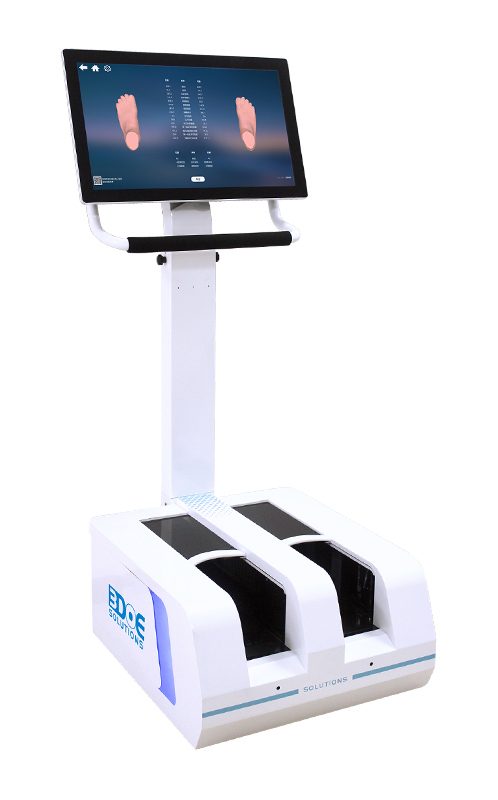
2. Clear Product Categories, Multi-Channel Sales Potential
Currently, foot scanners on the market mainly fall into two categories:
Portable smartphone add-ons: Small infrared modules that work with mobile apps, designed for home use and end consumers. These are low-ticket items and ideal for volume sales on platforms like Amazon, AliExpress, and Temu.
Standalone scanning devices: Desktop-grade equipment using laser or structured light technology. These are aimed at B2B customers like insole factories and therapy centers, with a higher price point. Suitable for export via Shopify stores, LinkedIn lead generation, or B2B distribution networks.
For cross-border sellers, whether you’re targeting the C-side through “smart wellness” or the B-side via “customized solutions,” the product logic and pricing structure are both clear and scalable.
3. Strong Differentiation and High Customization Potential
Compared to traditional health products, foot scanners naturally stand out with their tech-driven features, personalized applications, and flexible use cases:
Integrated with mobile apps to create a service loop: scan → recommend insole → place order online
Compatible with 3D printing and wearable customization to build personalized solutions
High user stickiness, with long-term use after one purchase
Strong social sharing potential, with scan results often shared on social media, encouraging UGC spread
This means sellers aren’t just offering hardware—they’re delivering a “data + service + product” ecosystem, which boosts brand value and encourages repeat purchases.
4. Moderate Industry Barrier—Now is the Time to Enter
Foot scanners are small-to-medium-sized electronic devices—easy to ship, relatively simple in after-sales support, and still underrepresented in major cross-border marketplaces. The market is in its early education phase, not yet saturated.
For sellers with manufacturing partnerships or supply chain integration capabilities, now is the golden window to enter early and build a differentiated brand.

 +86-0755-86131192
+86-0755-86131192 2025-05-20
2025-05-20 Back to list
Back to list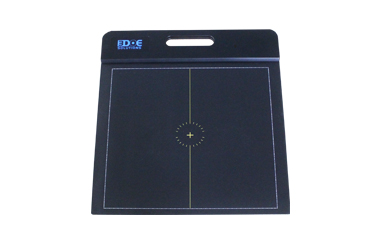
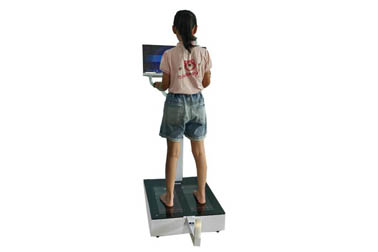
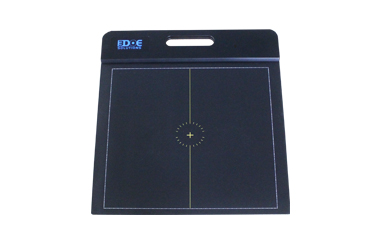
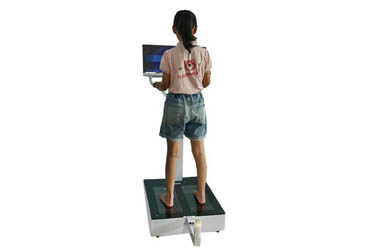
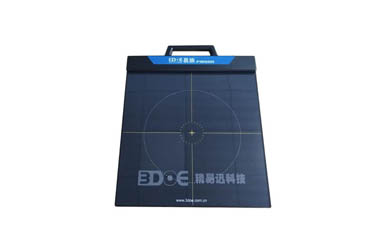
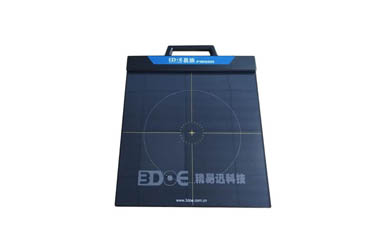



 +86-0755-86131192
+86-0755-86131192